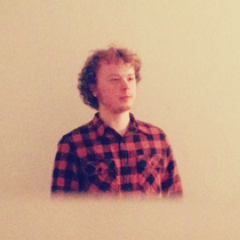Early on I did a lot of work that, in retrospect, was illustration. I often didn’t have any clients for this work, but I felt compelled to draw anyway. Back then having texture in your work was like the coolest thing you could do.
An American priest named Ed Catich went to Rome, got on a ladder, took a rubbing of the inscription, and realized it was drawn with a brush. He spent a good chunk of the rest of his life touring around showing people how it was done, and his theory is widely accepted now.
For anyone who has played piano, it felt much like those early days where you aren't quite sure you'll be able to convince your hands to carry on such different assignments. Gradually it becomes easier, and eventually it is second nature.
Today I would like to do a thread about 'counterforms.' They are a critical building block of typeface design... but what are they? How do they work?
I'll also talk about how I thought of the counterforms in Really Sans.
Lettermatic is a team of 4. I am very proud to be working with @heathercran, @danellecheney, and Margaret (not on twitter). This team has been making fonts together for years, for clients and for this new catalog, and now we have a name, and a home on the web.
New video: A tour through a 106 year old edition of a 114 year old sign painting book.
Alphabets from the turn of the century! 🖌🔤
https://t.co/oE8YWpA3Wi
Some ideas bounce around in my head for a long time. An aspect of some letters from history will spark a line of thought, and it recurs every so often, prompting me to make a sketch (or a prototype). I am looking forward to returning to some of these ideas very soon.
Here's a couple more collages. Once an idea for some new letters appeals to me, I find it difficult to get rid of. So I try my best to merge ideas, and notice if the trends in my sketches overlap.
I've been making collages lately.
Sometimes this is what the visuals bouncing around inside my head look like, when I am working on some letters.























